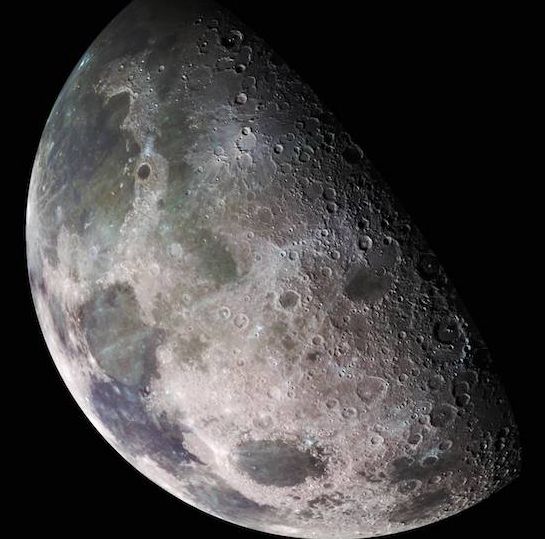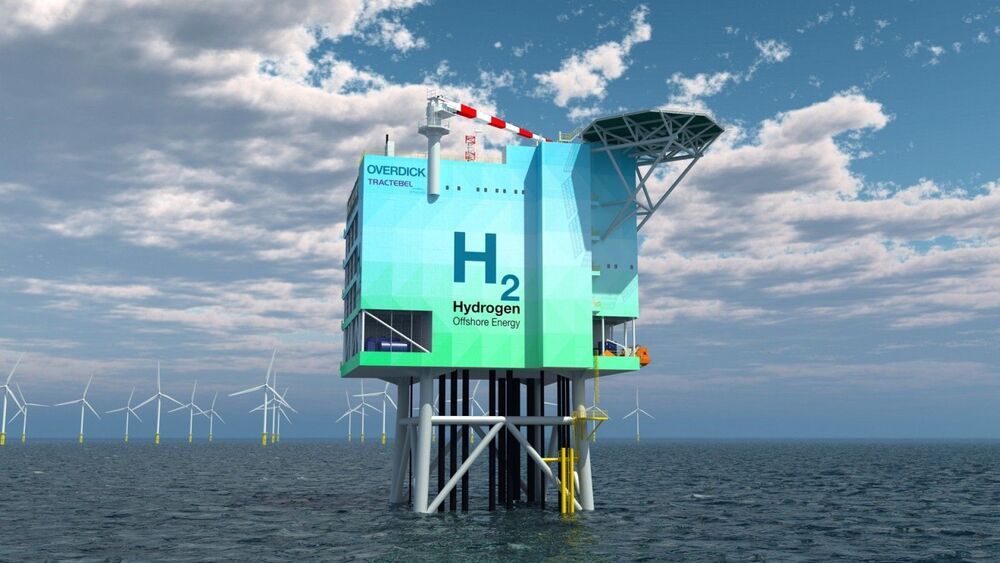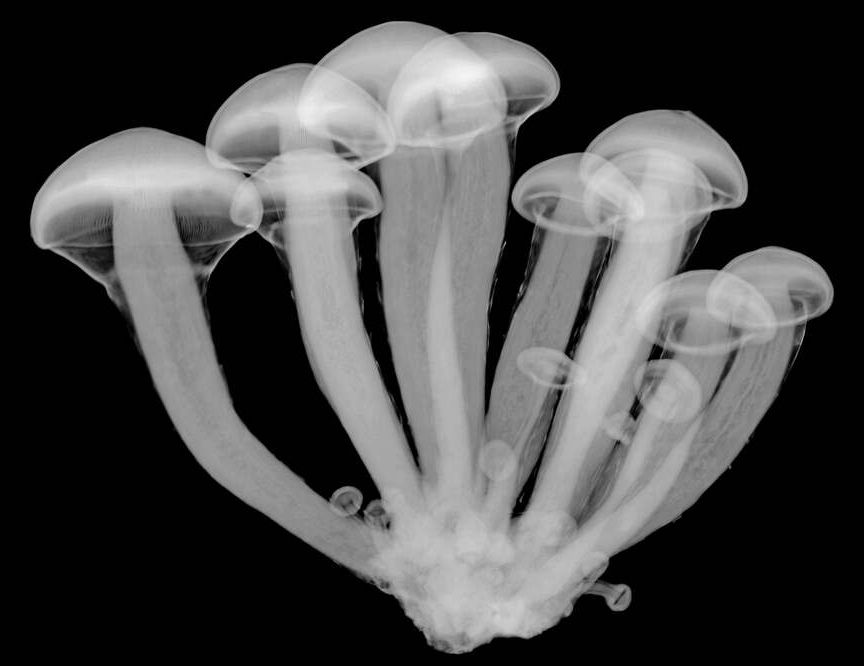Scientists discovered a strategy for layering dissimilar crystals with atomic precision to control the size of resulting magnetic quasi-particles called skyrmions. This approach could advance high-density data storage and quantum magnets for quantum information science.
In typical ferromagnets, magnetic spins align up or down. Yet in skyrmions, they twist and swirl, forming unique shapes like petite porcupines or tiny tornadoes.
The tiny intertwined magnetic structures could innovate high-density data storage, for which size does matter and must be small. The Oak Ridge National Laboratory-led project produced skyrmions as small as 10 nanometers – 10,000 times thinner than a human hair.






